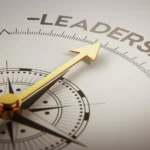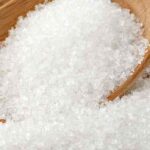 Sales promotion is an important component of a small business’s overall marketing strategy, along with advertising, public relations, and personal selling. The American Marketing Association (AMA) defines sales promotion as “media and non-media marketing pressure applied for a predetermined, limited period of time in order to stimulate trial, increase consumer demand, or improve product quality.” But this definition does not capture all the elements of modern sales promotion. One should add that effective sales promotion increases the basic value of a product for a limited time and directly stimulates consumer purchasing, selling effectiveness, or the effort of the sales force. It can be used to inform, persuade, and remind target customers about the business and its marketing mix. Some common types of sales promotion include samples, coupons, sweepstakes, contests, in-store displays, trade shows, price-off deals, premiums, and rebates.
Sales promotion is an important component of a small business’s overall marketing strategy, along with advertising, public relations, and personal selling. The American Marketing Association (AMA) defines sales promotion as “media and non-media marketing pressure applied for a predetermined, limited period of time in order to stimulate trial, increase consumer demand, or improve product quality.” But this definition does not capture all the elements of modern sales promotion. One should add that effective sales promotion increases the basic value of a product for a limited time and directly stimulates consumer purchasing, selling effectiveness, or the effort of the sales force. It can be used to inform, persuade, and remind target customers about the business and its marketing mix. Some common types of sales promotion include samples, coupons, sweepstakes, contests, in-store displays, trade shows, price-off deals, premiums, and rebates.Businesses can target sales promotions at three different audiences: consumers, resellers, and the company’s own sales force. Sales promotion acts as a competitive weapon by providing an extra incentive for the target audience to purchase or support one brand over another. It is particularly effective in spurring product trial and unplanned purchases. Most marketers believe that a given product or service has an established perceived price or value, and they use sales promotion to change this price-value relationship by increasing the value and/or lowering the price. Compared to the other components of the marketing mix (advertising, publicity, and personal selling), sales promotion usually operates on a shorter time line, uses a more rational appeal, returns a tangible or real value, fosters an immediate sale, and contributes highly to profitability.
Similarly, sales promotion is often used in the growth and maturity stages of the product life cycle to stimulate consumers and resellers to choose that product over the competition—rather than in the introduction stage, when mass advertising to build awareness might be more important. Finally, sales promotion tends to work best when it is applied to impulse items whose features can be judged at the point of purchase, rather than more complex, expensive items that might require hands-on demonstration.




